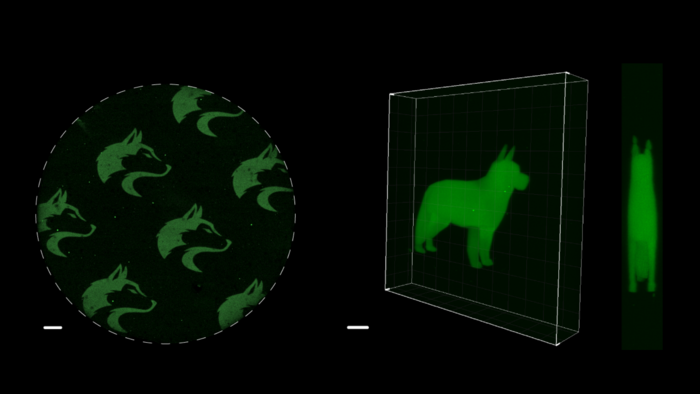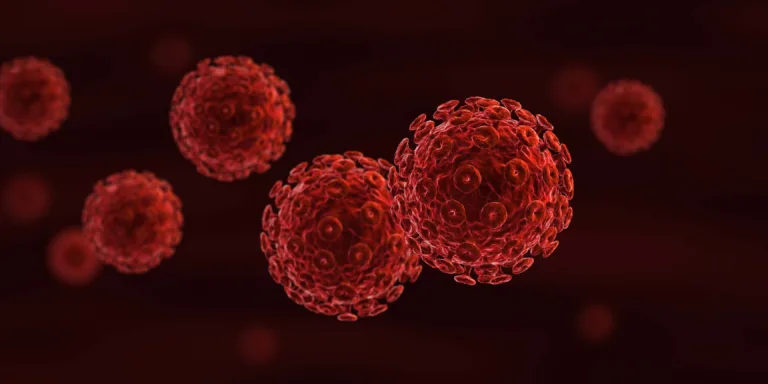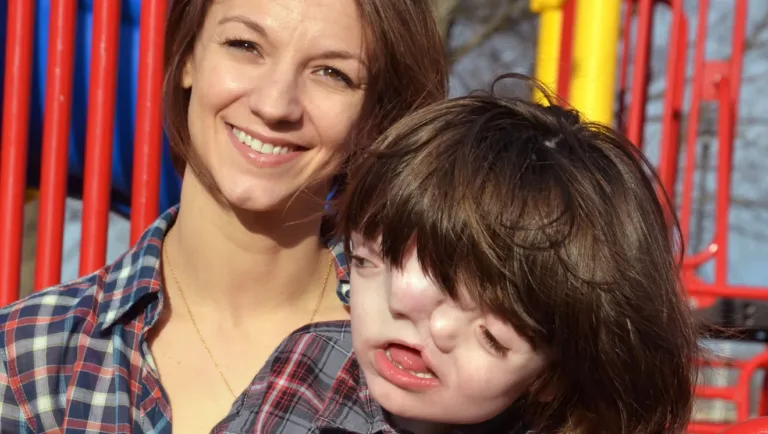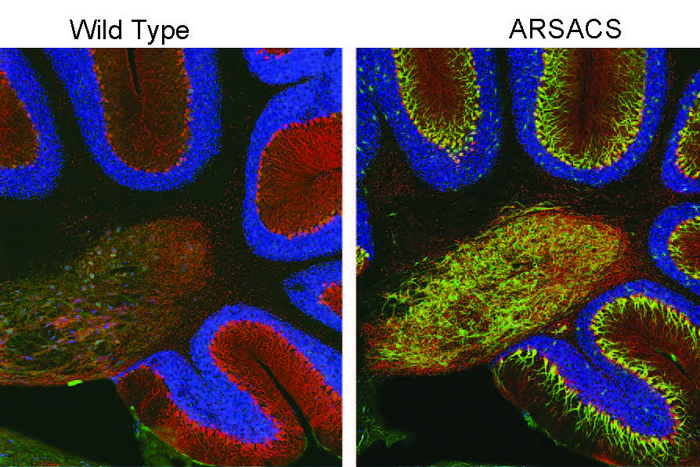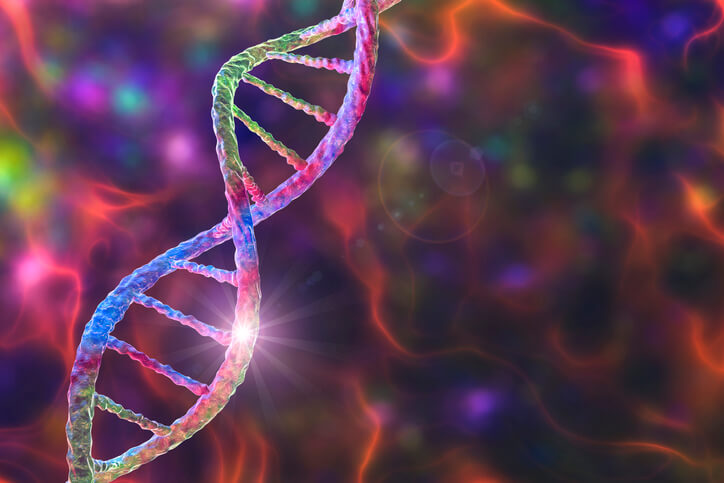Reporting Truth in the Age of Discovery In the ever-evolving landscape of journalism, science journalists play a...
Biochemistry
Scientists can now use light to activate protein functions both inside and outside of living cells. The...
Cyclodextrin and monoboronic acid-based receptor complexes show excellent D-glucose chiral selectivity ,paving the way for improved diabetes...
A group of scientists at the University of Tsukuba have been successful at creating novel culture system...
A 53-year-old man who was diagnosed with the deadly virus HIV in 2008 is now recovering from...
A craniofacial duplication is a rare form of congenital disorder which is commonly known as Diprosopus; in...
Since the 1970s, scientists have known that copper has a special ability to transform carbon dioxide into...
Scientists at the UNC School of Medicine and UNC Eshelman School of Pharmacy, in collaboration with a team from...

